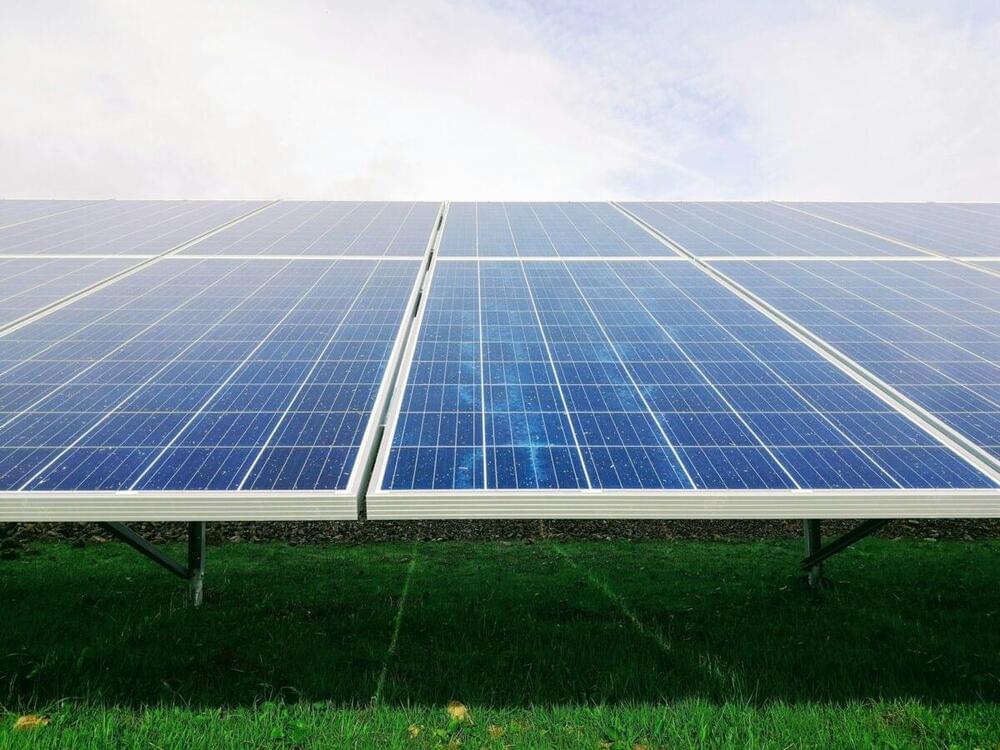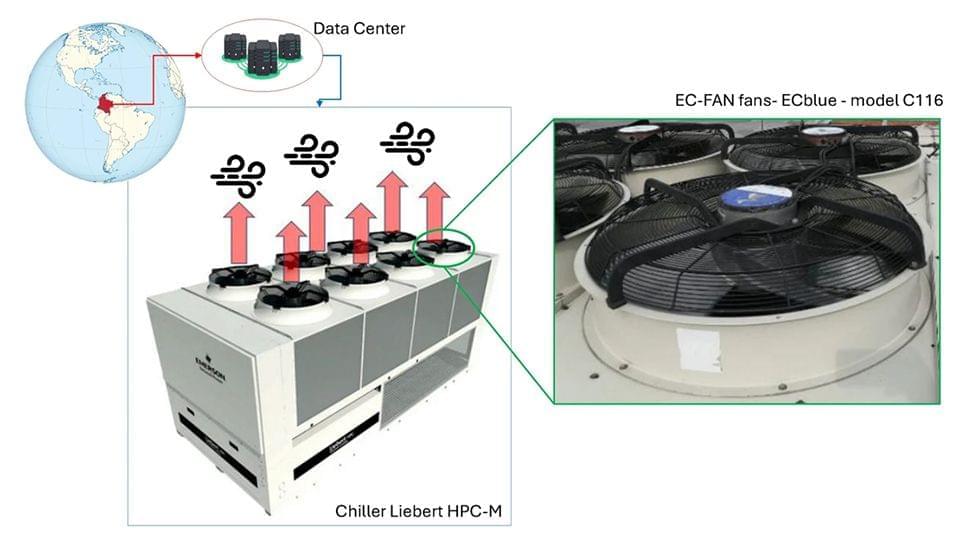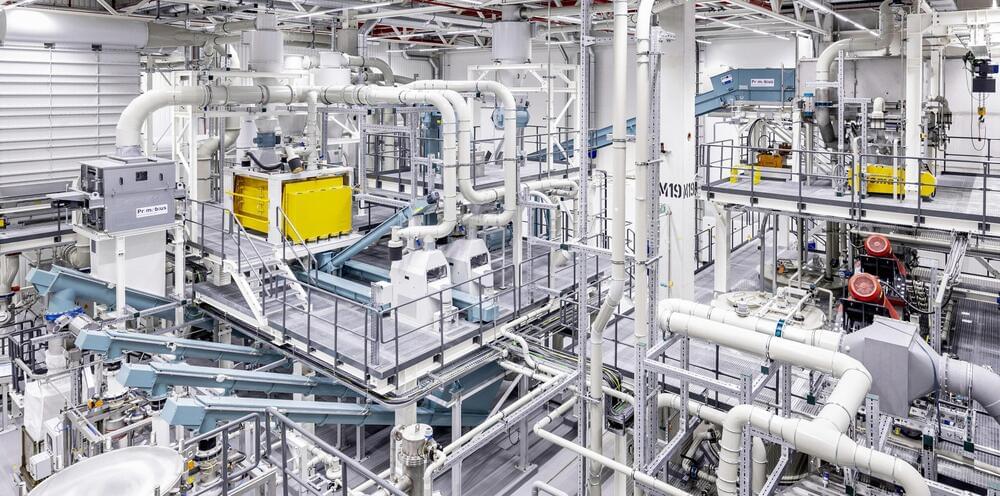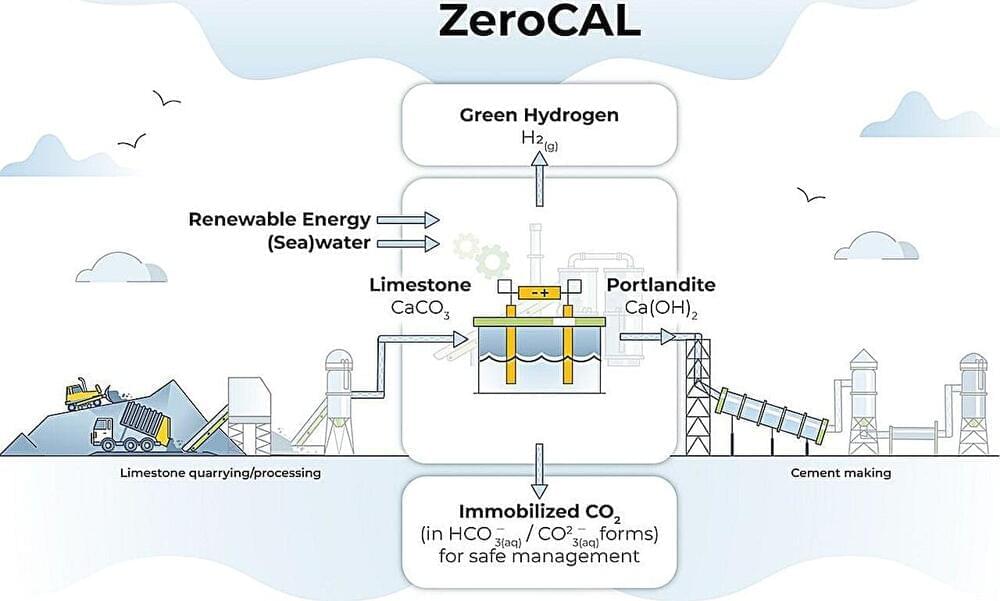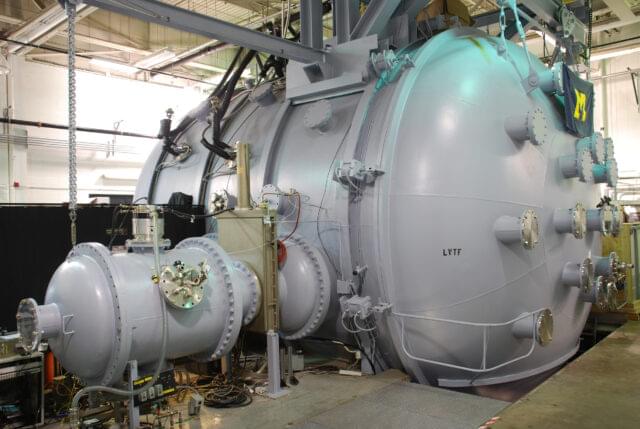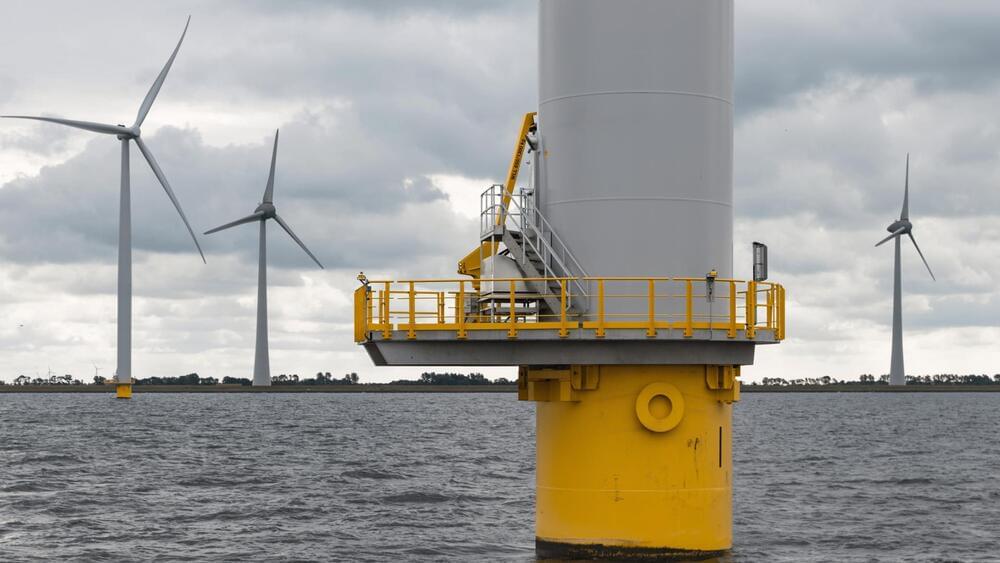How much carbon dioxide (CO2) do plants absorb from the atmosphere? This is what a recent study published in Nature hopes to address as a team of researchers investigated what’s known as the Terrestrial Gross Primary Product (GPP), which measures the amount of CO2 that photosynthesis removes from the atmosphere. This study holds the potential to help researchers, climate scientists, legislators, and the public better understand the role that plants play in reducing carbon emissions, along with mitigating the effects of climate change worldwide.
“Figuring out how much CO2 plants fix each year is a conundrum that scientists have been working on for a while,” said Dr. Lianhong Gu, who is a distinguished research scientist at the Oak Ridge National Laboratory (ORNL) and a co-author on the study. “The original estimate of 120 petagrams per year was established in the 1980s, and it stuck as we tried to figure out a new approach. It’s important that we get a good handle on global GPP since that initial land carbon uptake affects the rest of our representations of Earth’s carbon cycle.”
Petagrams are the standard measurement used for GPP, with one petagram equaling 1 billion metric tons, and the latter being the amount of CO2 discharged from the total number of gas-powered passenger vehicles in the world, which is approximately 1.4 billion.

